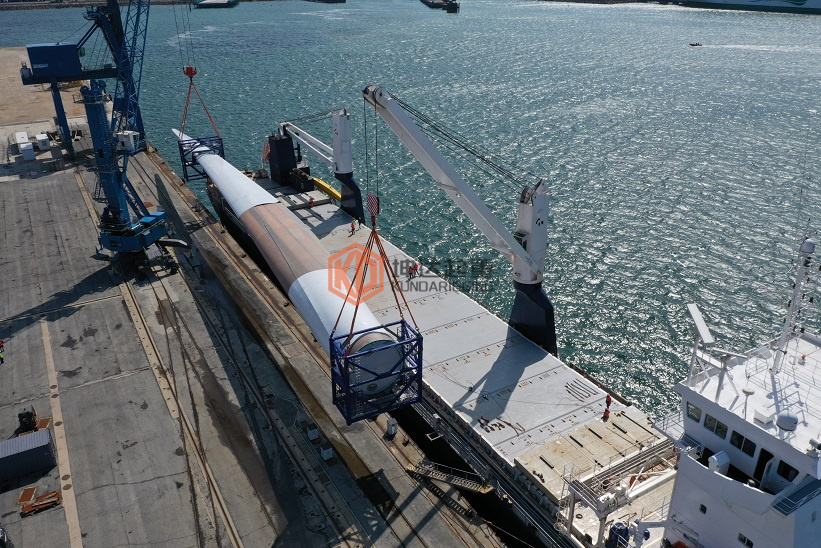The national standard of synthetic fiber sling is JB / t8521.2-2007
1、 Safety use and maintenance of sling
1. Sling is divided into flat sling and round sling.
2. Before using the sling, pay attention to the rated load identification of the sling, and select it correctly according to the hoisting mode coefficient. It is strictly prohibited to use the sling with overload, and it is not allowed to use the bolting method for surrounding.
3. The elongation of sling is less than 2% under the limit working force, and the elongation at break is less than 12%.
4. During hoisting, the sling shall be directly hung into the force center of the hook, not at the hook tip;
Do not cross or twist the sling, and do not knot or twist the sling, so as to avoid affecting the tension and damaging the sling.
5. The opening angle of sling eye shall not be greater than 20 °, Avoid ring eye cracking during lifting.
6. When using, hang the buckle and place the contact surface of the sling to prevent slipping and decoupling.
7. Do not use damaged sling.
8. When moving the sling, do not drag the sling.
9. Taenia fiber has the function of resisting inorganic acid, but it is easy to be injured by organic acid.
10. Fiber is suitable for chemical resistant places.
11. Polyamide fiber has the ability to resist strong mechanical acid, and is easy to be damaged by surface acid. When it is damp, the strength loss can be up to 15%.
12. The temperature range of sling is - 40 ℃ ~ 100 ℃. It is not suitable to hoist the materials with strong acid and alkali to avoid damaging the sling.
13. Any installation that may damage it shall not be connected.
14. The contact between the two ends of the sling and the hook should be checked frequently to ensure that the sling is hung at the center of the double hook. It is strictly prohibited to use when the suture is worn or broken.
15. The flat sling can not bear the load evenly in the width direction, which is affected by the inner diameter of the hook, resulting in the insufficient combination of the hook and the webbing eye. The correct connector should be used for connection.
16. Long term storage for more than one year or open storage for more than half a year should be scrapped.
17. Sling without sheath shall not be used to carry goods with sharp corners and edges.
18. When multiple suspenders are used at the same time, the load shall be evenly distributed.
19. Don't press the weight on the sling, and don't try to pull the sling out from under the weight. Use reliable objects to cushion and leave enough space so that the sling can be taken out smoothly.
20. The sling should be stored in dark and without ultraviolet radiation. Keep the sling away from open fire or other heat sources. When not in use, the sling should be placed on a special shelf or in the spreader cabinet.
2、 Sling scrapping standard of Taizhou Kunda lifting equipment Co., Ltd
1. The cordon with red cordon sling has been exposed.
2. The sling body was cut, seriously abraded, the belt strand was loose and partially cracked.
3. The surface is seriously worn, the sling is deformed and fluffy abnormally, and the wear reaches one tenth of the original sling width.
4. The load-bearing joint is split and the suture is worn off.
5. The sling fiber is softened and aged (yellowing), the surface is rough and easy to peel off, the elasticity is reduced, and the strength is weakened.
6. The sling is dead knot.
7. The sling is mildewed and deteriorated, and there are too many pitting porosity, corrosion, acid-base burning loss, hot melting or scorching on the surface.
Taizhou Kunda lifting equipment Co., Ltd
|
|
